British motorcycle manufacturers were finished by 1959, just as the first Triumph Bonnevilles were rolling off the production lines. Most people believe that the Honda CB750 and Kawasaki Z900 were what killed British motorcycle manufacturers. The truth is that they were dead and buried already by the time the across the frame four cylinder machines arrived from Japan. Britain’s arrogance and refusal to develop and adapt modern engineering design and manufacturing methods is what destroyed this industry. A refusal to invest in the industry was underpinning this arrogance. I wrote an article about the demographics that are driving classic motorcycle investment back in 2015 here. This article demonstrates what will increase in value due to the number of new motorcycles sold at a given time in the UK and world markets. What surprised me was that when I delved in further to historic motorcycle sales worldwide, it was clear that British motorcycles were dead in the water by the time the first Bonnevilles were produced in 1958 and 59. Unless British manufacturers produced machines that were much more reliable and at a more exciting price point, the British motorcycle manufacturing days were over.
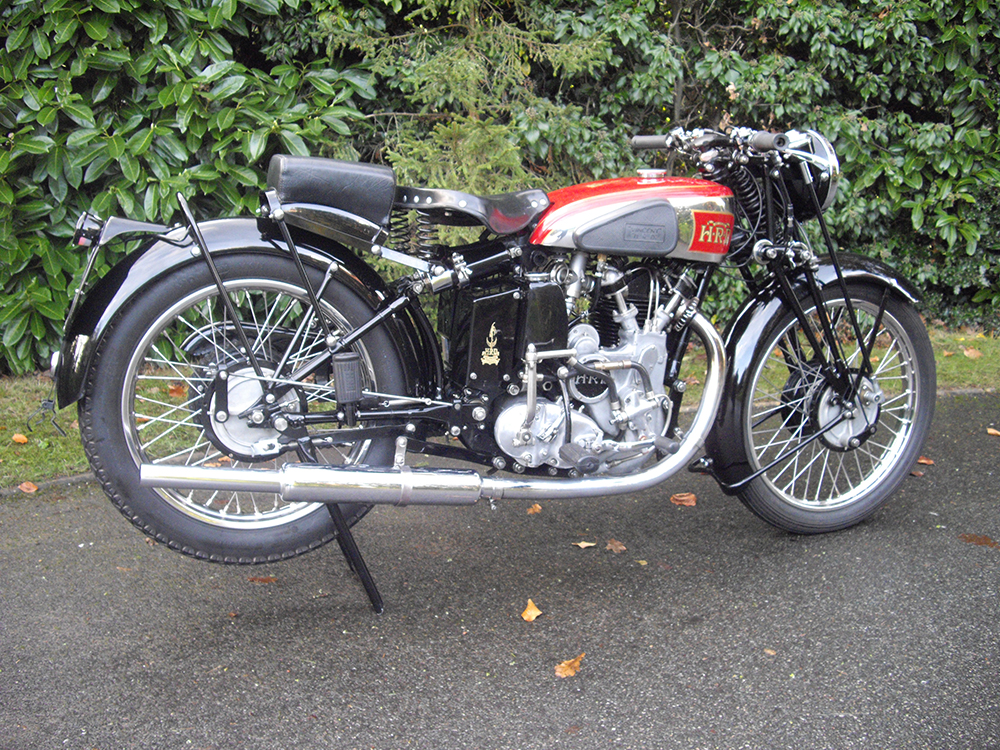
The Motorcycle Show at Earls Court in 1973
The Motorcycle Show at Earls Court in 1973 found my older brother and I staring, entranced, at the new Kawasaki Z1A 900. I went over the BSA, Triumph and Norton stands and asked the same question and got the same response from them all. I asked them why they didn’t make motorcycles like that and pointed at the Z1A. All three brands answered exactly the same in a very well-rehearsed manner. They told me that those “flash in the pan” Japanese bikes won’t be around in five or ten years time. They explained how Britain exports more motorcycles than anywhere else in the world (a complete lie as you will soon see later in this article) and had been building motorcycles this way for over eighty years and will always do it this way. I asked why the British motorcycles leaked oil and they all told me that proper motorcycles leak oil. At nine years of age, apart from being perplexed at how all three brands answered the questions exactly the same way word for word, I just stared at the grown men in turn and thought “You’re mental!” Ten years later those Japanese “flash in the pan” bikes, instead of leaving the motorcycle market, had won world championships and built a six cylinder motorcycle. Ten years later in 1983 there was not a single British motorcycle manufacturer at the Earls court Motorcycle Show.
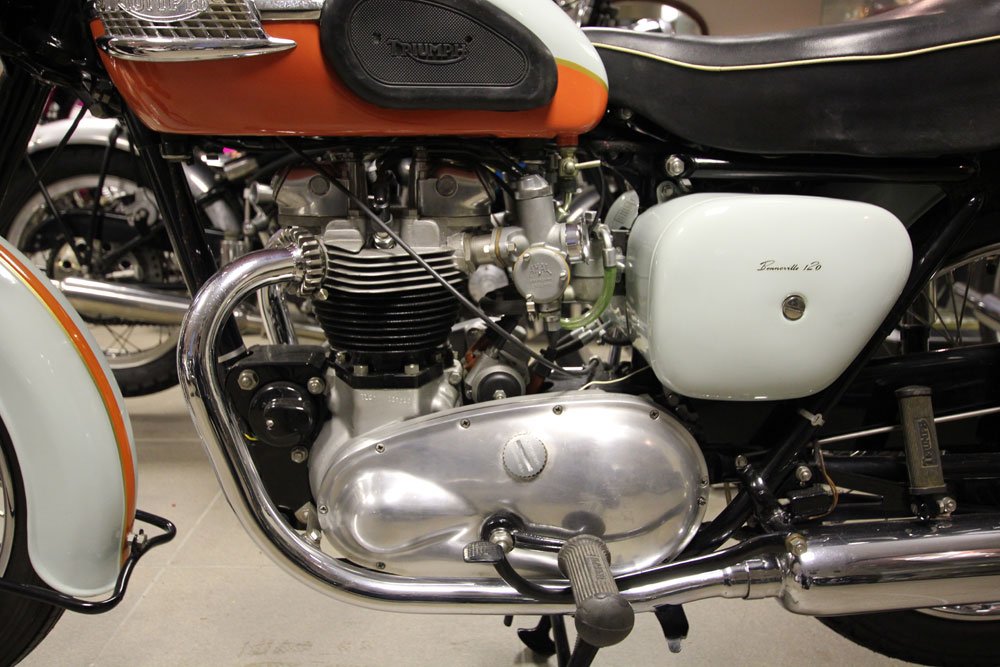
Sales figures for 1959 said it all
Sales figures for 1959 said it all and it’s shocking that no one working in British motorcycle manufacture saw the writing on the walls. In the figures below you can see that worldwide British motorcycle imports went from 51,463 in 1950 to 25,699 in 1959. However, total worldwide motorcycle sales grew from 127,737 in 1950 to 333,500 in 1959. It seems like the same attitudes were prevalent during this period, in the British motorcycle manufacturing industry, as were nailed to the mast at the Earls Court Motorcycle Show in 1973. Honda started producing motorcycles in 1949 and you can see how in 1949 the best selling machines were over 250cc without a sidecar at 38,813 and 0-150cc machines were at a healthy 36,045. By 1955 motorcycles 0-150cc were selling at 98,040 and over 250cc at a static 38,106. By 1959 0-150cc motorcycle sales were at 229,000 and over 250cc were at 33,000.
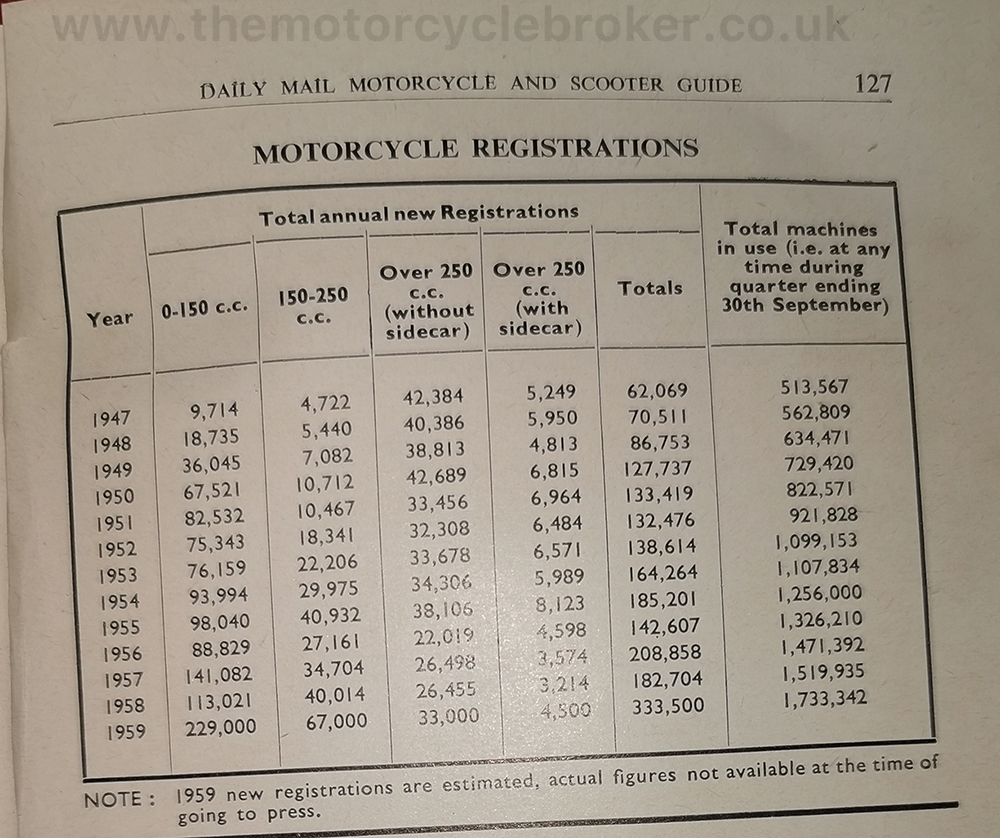
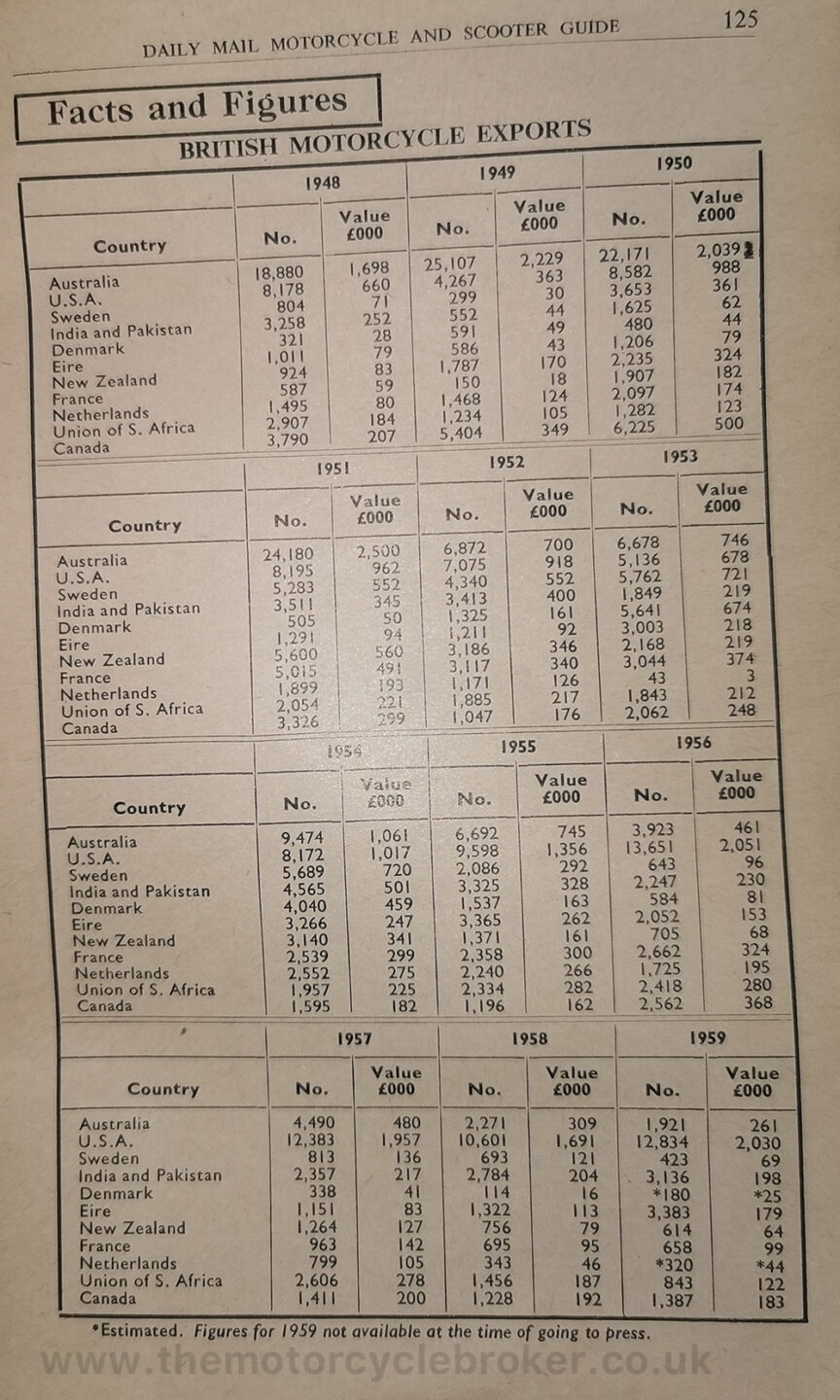
The reason for the motorcycle sales explosion in the 1950s
The reason for the motorcycle sales explosion in the 1950s was because these machines offered affordable transport to countries that had never had it before. A driving force for the desirability of these machines was the reliability that Japanese small capacity offered and the high mileages they could cover. British motorcycles could only cover low mileages without serious maintenance, they leaked oil which became another running cost, and they were hopelessly unreliable compared to the offerings from Japan. The British manufacturers lacked vision and were sitting comfortably while refusing to notice that the world was changing. The world was shrinking and globalisation was well and truly under way with the development of the aircraft and cargo ships. So where were all these motorcycles being sold? I have a theory.
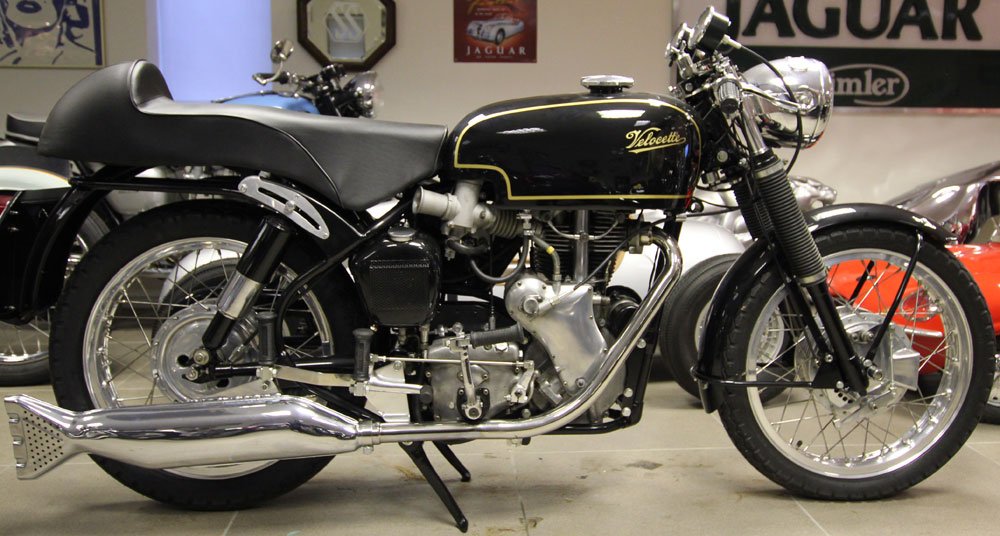
The invisible motorcycle market
The invisible motorcycle market was most likely to be in Africa. In the 1990s we were forward ordering tens of thousands of Honda C90 Cubs from Honda Burkina Faso and trading them into motorcycle rental companies in Greece. I looked further into the African motorcycle market and the figures were huge for small capacity motorcycles. Many nations used them for transporting medicines over the rough terrain they call roads. I suspect that Honda helped create this market from the 1950s onwards. Africa is an enormous market for small capacity motorcycles and has always been since the mid 1950s.
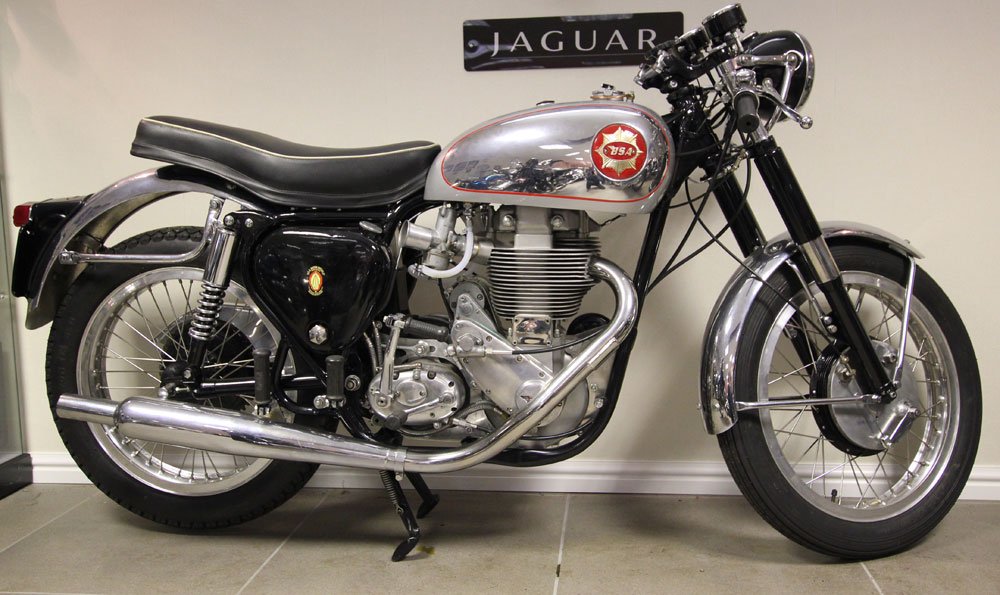
Creating a new motorcycle market
Japanese motorcycle manufacturers grew into masters of creating new markets throughout the world and developing existing markets. The key to their success was delivering reliable machines that were totally dependable and that offered great value. Owners knew that if they owned a Japanese motorcycle it was dependable enough to get them into work every day for a specific time in any weather. British motorcycles, on the other hand, could not deliver this service to their owners no matter how charming they were. Japanese motorcycle manufacturers offered freedom and many more choices of places to work to people who could never dream of owning transport before. Japanese motorcycles were only slightly more expensive than their British counterparts, but that dependability transformed lives and was at the heart of the success of Japanese motorcycle manufacturers.
Reliability was key to market domination
Reliability was key to market domination between 1950 and the early 1980s. This is where the Japanese motorcycle manufacturers excelled and British motorcycle manufacturers failed spectacularly. Reliable transport transformed the lives of millions of people all over the globe. It gave them choices, if there were plenty of well-paid jobs thirty miles away a reliable motorcycle meant it was instantly accessible. Without motorcycles that could get people to work, guaranteed every day in time to start work like clockwork, day in day out, the well-paid jobs thirty miles away may as well have been in another country. The freedom this bought these new motorcycle owners, from 1950 onwards, generated new wealth for them. Other people saw this and followed suit which grew the market. If you have enjoyed this article, you may also enjoy this one I wrote back in 2015. It shows how demographics and the reliability of these machines grew the motorcycle market worldwide, especially in Europe.
- Most collectible Ducati 916 SP - June 20, 2024
- Classic Motorcycles: To ride or not to ride? - June 17, 2024
- Classic Motorcycles: To ride or not to ride? - June 17, 2024








Vey interesting article, the sales stats illustrate the scale of the problem for the British bike industry. Truly an of “Britain’s arrogance and refusal to develop and adapt” in that era of sales expansion. As an aside (history repeats itself) I wonder if Britain is not displaying the very same attitude in walking away from it’s largest and nearest trading partner, at great cost to (especially small busisness? Any mention of the B word now is taboo, it seems, so what price this current arrogance to our manufacturing base?. We shall see.
Unfortunately you are spot on with your assessment. The true test of maturity is when a mistake is made, it is owned up to and then action is taken to rectify it. Let’s hope for future generations the level of maturity is far greater than that of British motorcycle manufacturers.